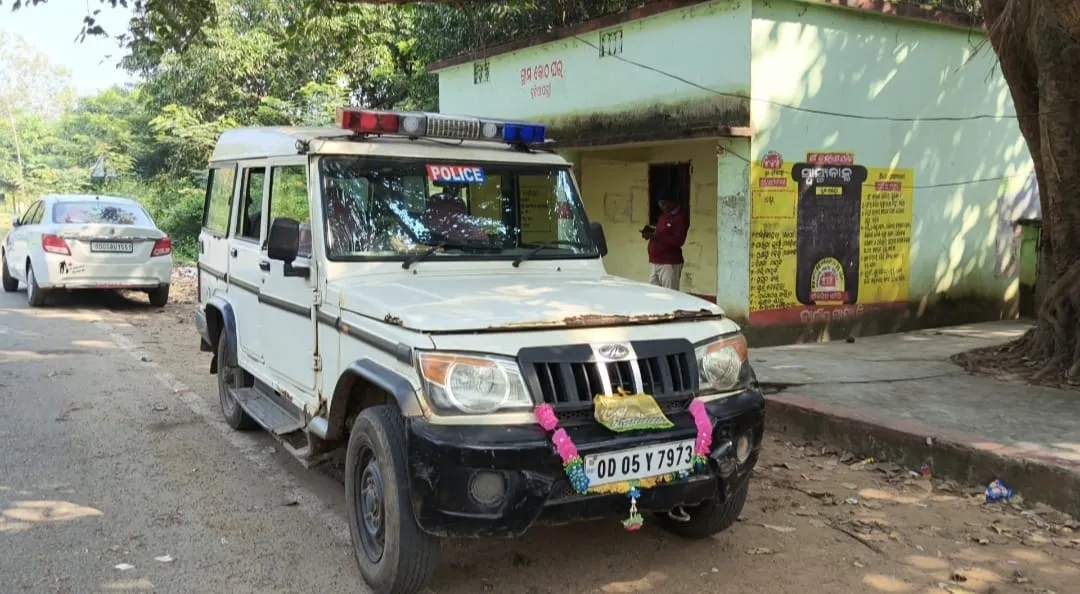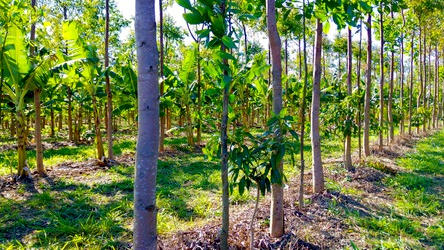

In a significant policy move, the Central Government has introduced the “Model Rules for Felling of Trees on Agricultural Land,” a new framework aimed at simplifying regulations and actively promoting agroforestry across the country. The stated objective is to tackle several national priorities at once: boosting farmer income, increasing the nation's tree cover outside of traditional forests, mitigating the impacts of climate change, and reducing reliance on timber imports. The Union Ministry of Environment, Forest, and Climate Change has presented these rules as a way to improve the ease of doing business for farmers, incentivizing them to integrate trees into their agricultural systems without facing prohibitive procedural hurdles. However, while the intent is to streamline, a closer look at the proposed regulations has sparked serious concern that they may, in fact, achieve the opposite, creating a complex new bureaucracy that could discourage the very farmers they are meant to empower.
At the heart of the new rules is a significant shift towards monitoring and registration, a departure from the relative autonomy farmers previously enjoyed. Until now, data on land use and crops, including trees on farmland, was typically collected by local Agriculture and Revenue Department officials. The new model rules, however, mandate that farmers register their plantations on the National Timber Management System (NTMS) portal. This process requires submitting detailed information, including land ownership records, farm location, the species and number of saplings planted, and their average height, with an obligation to provide periodic updates.
Furthermore, farmers will need to supply geotagged KML files and images of each tree, creating a system of visual traceability. This brings agroforestry lands directly under the scrutiny of the Forest Department, with field officials from the Forest, Agriculture, and Panchayat Raj Departments tasked with monitoring compliance. This level of oversight is unprecedented for trees grown on private agricultural land and forms the basis for fears of a new "license raj."
The implementation of these rules will be overseen by the State-Level Committee, the same body that governs wood-based industries. This committee's mandate will be expanded to guide states on promoting agroforestry, but its structure, now including officials from multiple departments, mirrors the regulatory system for large industries, not small-scale farming. A critical and controversial component of this new system is the introduction of "verifying agencies." These agencies, which are to be empaneled by the State-Level Committee, will be responsible for conducting site inspections before any tree-felling permits are issued.
When a farmer wishes to harvest trees from their registered plantation, they must apply online through the NTMS portal. A verifying agency will then inspect the site and submit a report, upon which a permit may be granted. While the rules state that a No Objection Certificate (NOC) will be issued automatically for felling fewer than 10 trees, the process for larger numbers is far more involved. The ambiguity over whether these verifying agencies will be public or private entities has raised red flags, with critics pointing to the potential for increased costs, delays, and corruption, effectively creating new hurdles for farmers seeking to profit from their own trees.
The core conflict of the model rules lies in this gap between intent and implementation. While designed to encourage a sustainable and profitable practice, the regulations seem better suited for large-scale commercial agroforestry operations than for the average Indian farmer. Critics argue that, much like the controversial farm laws that were eventually repealed, these rules are being pushed without sufficient consultation with the farmers they will directly affect. The ultimate success of this policy now rests with the state governments, who must decide whether to adopt these rules. The central question remains: will this new framework cultivate a thriving agroforestry sector, or will it entangle farmers in a web of digital and physical bureaucracy, stifling growth before it can even take root?